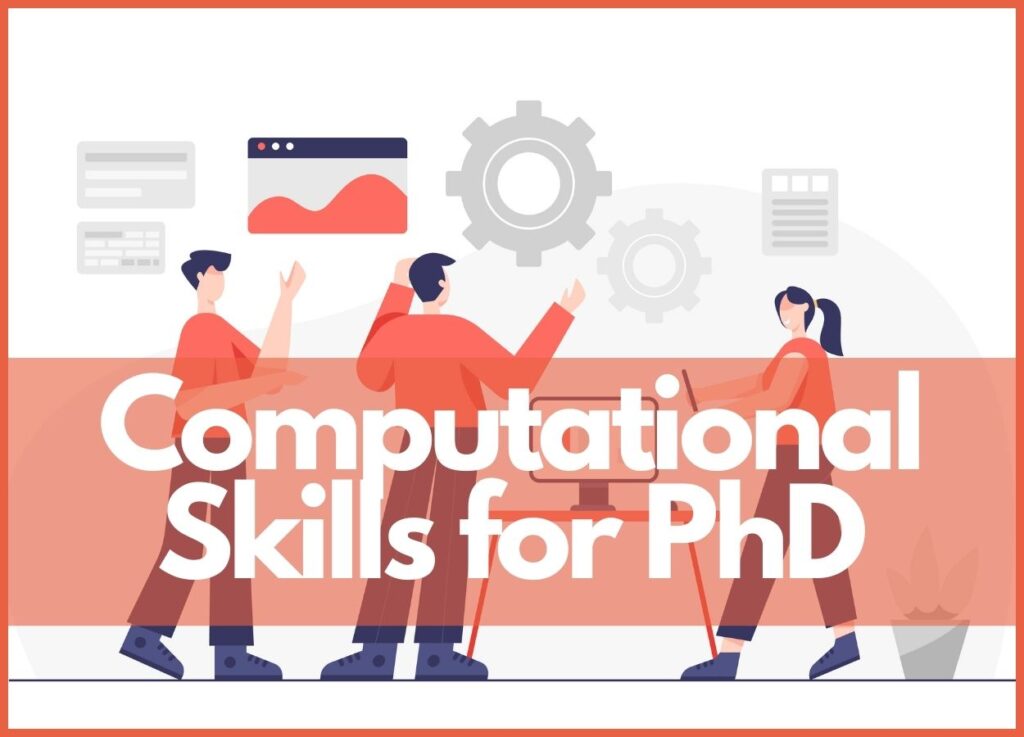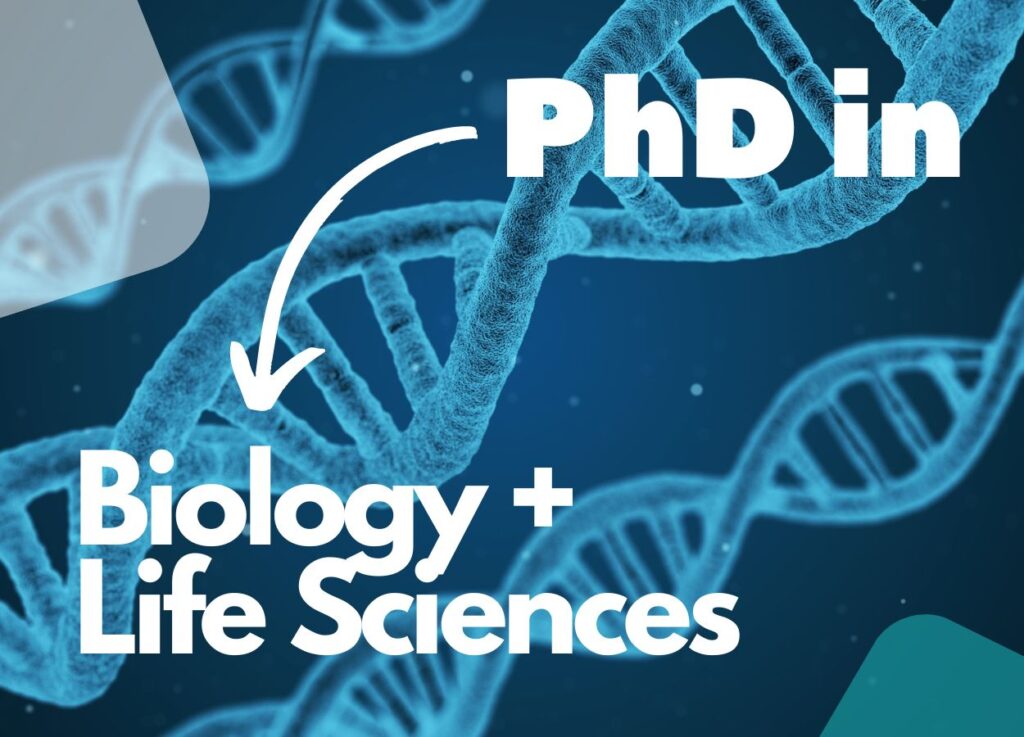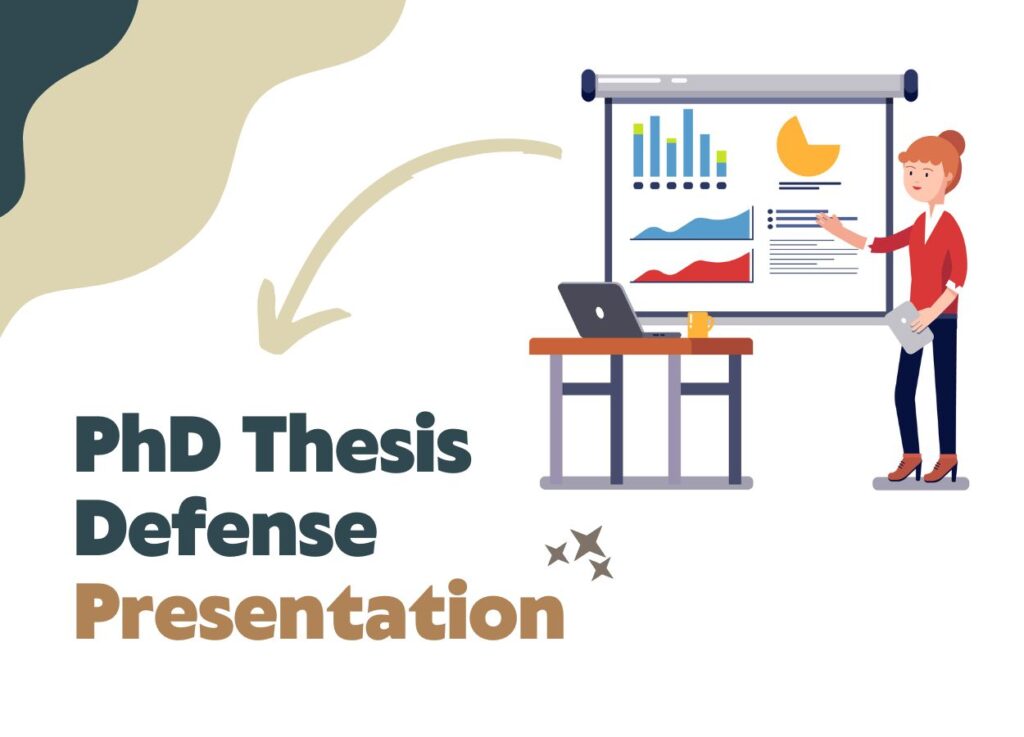“Basic computer commands, MS office, text styling, Internet and the use of online tools are some of the basic computational skills required by every research student. Let’s see what those are and how to use them.“
Computing, computer and computational skills are an integral part of recent-day academics. In fact, one can’t imagine doing research without a computer. Advanced analysis and software– now, allow researchers to do extensive analysis.
A computer empowers scientists to study anything from– space to earth and water to nature. Moreover, the computational analysis also makes it possible to perform quantitative analysis which is additionally a crucial and important part of testing or research.
Related article: What is a scientist? What do they do?
Let me tell you that, it’s (a computer program) used to study DNA to measure the quantity of any biomolecules present in any biological sample. It further predicts the ‘possibility’ and ‘probability’ of ‘something’.
So, computer and computational skills have unmatched importance for research and academics. And henceforth, must be known to every PhD student. While talking about PhD, specific computational skills are required for doing research, writing & reading papers and writing a thesis.
However, to use it effectively every PhD student should have to know some basic computational skills, especially for PhD. So what are those? In this article, I will explain 10 basic and important computational skills required for every PhD student.
Stay tuned.
10 Basic Computational Skills For PhD Students
1. Basic commands
Writing a single page for a thesis would look like writing a scripture, trust me. You have to go back, change tabs, select narratives, paste it and rewrite it. You also have to create new files and save previous ones.

Each of these commands is a common one, and you can only enjoy writing if you know how to use it with some shortcuts. Indeed, basic commands allow you to work efficiently, and smoothly and improve productivity. Here is a list of some basic commands you should know.
| Command | Use |
| Ctrl + C | Copy |
| Ctrl + P | Paste |
| Ctrl + X | Cut |
| Ctrl + A | Select all the content |
| Ctrl + B | Bold the selected text |
| Ctrl + N | Open a new blank document |
| Ctrl + P | Open the print window |
| Ctrl + I | Make text italic |
| Ctrl + K | Add a link |
| Ctrl + U | Underline text |
| Ctrl + Y | Redo the last action |
| Ctrl + Z | Undo the last action |
| Ctrl + J | Justify paragraph alignment |
| Ctrl + S | Save |
Besides, students should also know how to close, minimize or maximize the window.
2. MS Office
Another important and unmatched computational skill that every PhD student should know is the MS Office. MS Office is a Microsoft office toolkit that has various software to perform different functions. Here is a list of some important software and their applications.
| MS Office software | Application |
| Word | Writing |
| Excel | Data– entry, presenting, storing, processing |
| PowerPoint Presentation | To prepare presentations |
| One note | To store notes |
| One drive | To store documents on cloud |
3. Word
MS Word is a tool for writing. Students can write their synopsis, project, review, paper or PhD thesis. Word allows them to edit, correct grammar and spelling, use different font styles and type and edit documents for their writing.
To use the Word effectively, students should learn basic commands, how to use it, edit, set margins, pagination and do all the things required to write a thesis. Moreover, World integrated Mendeley also performs citation and referencing.
So on and on, it’s the best tool for thesis writing. However, one can also use Google docs– which is somewhat similar to MS Word.
4. Excel
MS Excel is yet another important software for PhDs and they should know it. Excel has been used to save and process data. Data can be– stored, edited, saved, processed, analyzed and presented in different styles.
Students can do basic analysis like mean, median or mode and other statistical analysis. In addition, they can prepare graphs, and charts or use different representations to show their work. Some examples of Excel use are
- Patients > their sugar level
- No of students > type of problems
- Patients > type of mental health issues
- Patient > concentration of DNA
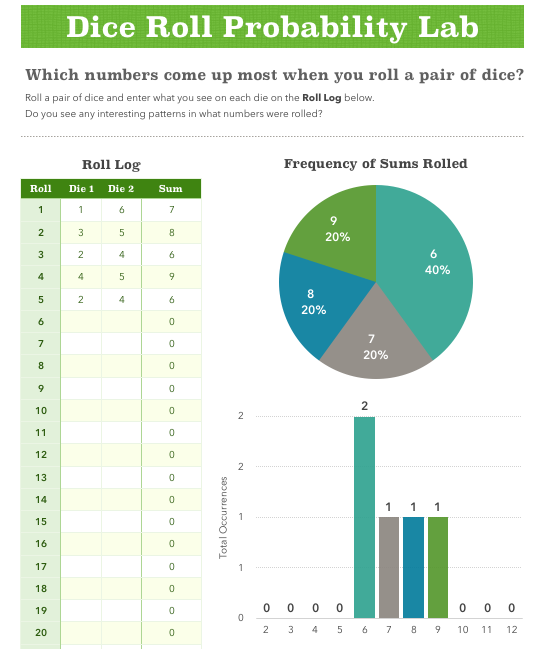
5. PPT
MS Office PowerPoint presentation is a great way to present your work, prepare presentations and show your research. Students can use various types of text, images, tables, graphs or other illustrations to make their presentation more effective.
Using different slides, styles, and forms of presentation students can improve their retention and attention time. It’s important to know that every PhD student has to present their work and defend their thesis by presenting their work.
6. Basic styling
Students have to learn basic styling to make their writing and presentation more impressive and effective. As universities have clear guidelines for styling, students should know font style, size, text, color and how to do underline or bold.
- Font style- Times New Roman
- Font size- 12 (basic text), 20-24 (heading)
- Text bold, text color, text underline.
Please check out this illustration to understand all the basic styling things.
7. Basic Internet
Basic Internet should be known to not only students but also to everyone. The Internet is so important for doing online research, reading literature and collecting information. However, there are several issues associated with it.
Students should know how to use the internet safely. Here are some guidelines.
Use only SSL-verified websites only, do check their SLL paddle lock on the window.
Make safe browsing on.
Use only Google or Google scholar to search literature.
Report any potential threat to Google.
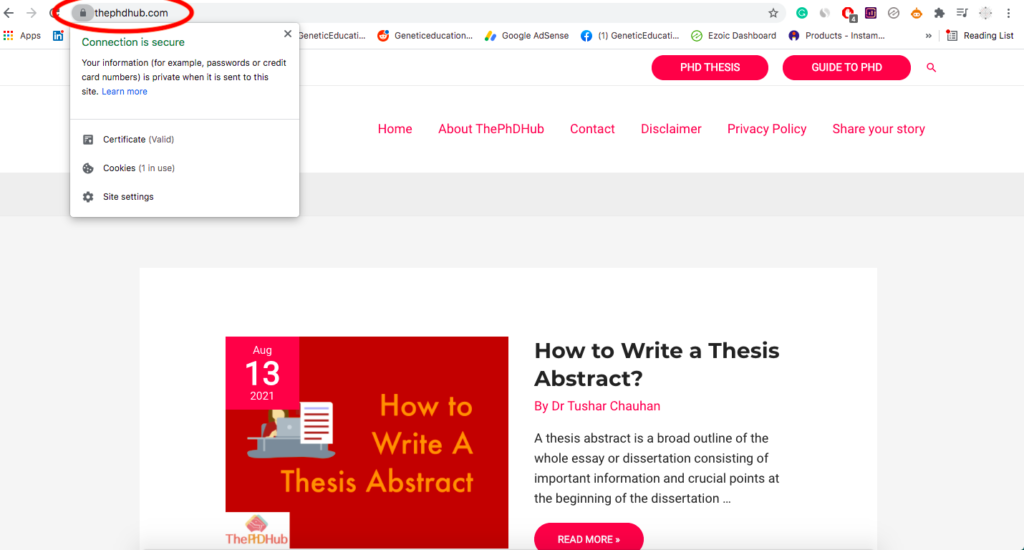
In addition, students should also know how to search their queries, save them, store them and bookmark them. For example,
- Web > for scholarly papers
- Images > images and illustrations
- News > to find out the latest news
- Video > for finding videos
- Google Scholar > to find scholarly articles
8. Online tools
Along with understanding the basic Internet, students should also know how to use online tools and be aware of the fraud. Use only certified tools, pay only in an authentic way and open only ‘HTTPS’ websites to use or download.
Know if the tool is useful and applicable for you or not and then only purchase or use it. Some of the online tools that every PhD student should know and use are
| Online tool | Application |
| Grammarly | To check, and correct– grammar and spelling |
| Mendeley | Citation and referencing management system |
| To store notes | |
| Plagiarism checker | To check plagiarism for a thesis or paper |
| Google Scholar | To discover scholarly resources. |
| Paraphrasing | To rephrase texts |
9. Print
Sometimes students need to print material for various purposes and thus they should have to know how to print any document, slide, page or file. The universal command to print anything is Ctrl + P.
This opens a new window for the page preview, you can adjust the printable page as per your need and print it. However, what’s more, important is that you have to learn how you can print a specific page, specific part, even or odd pages or something that you need.
Every option is there in the Print preview page window.
10. Conversion
One of the important and crucial computational skills that most PhD students lack is converting their files from one to another format. For example, pdf to jpg, word to pdf or ppt to pdf. First know different file formats. Here is the list of important ones.
| File format | Application |
| .doc/ .docX | Word document |
| For pdf– portable document format | |
| .jpeg/ .png | Image |
| .ppt | Powerpoint presentation |
| .gif | Small video or gif |
One of the important conversions students often need is converting their word document into a pdf. One of the easiest ways to do this is by following this path on your computer.
Go to the file menu >> click on export to >> pdf.
Your file would readily convert into pdf. For more conversations, you can use a simple online tool. Here I have given the list. Ilovepdf. It’s totally free and safe to use. You can go to the homepage of the website, there are tons of options. You can do any conversion you wish to do.
Wrapping up:
Why I am writing this article is to make students understand how important small and basic computational skills are. Trust me, students pay for such things and waste their money. Take time, learn these and trust me your writing and research becomes super easy.
I hope this article will help you a lot in your PhD. However, these skills also help you to learn advanced software, tools and programs needed for various analyses during your research. Thank you so much for reading this article, continue reading other articles on our blog.

